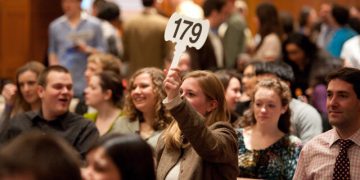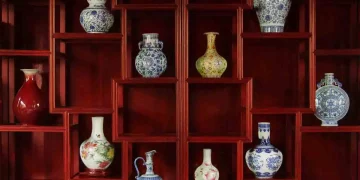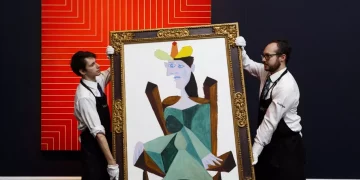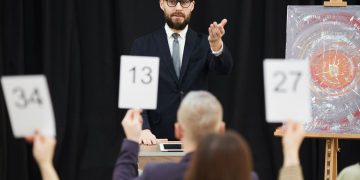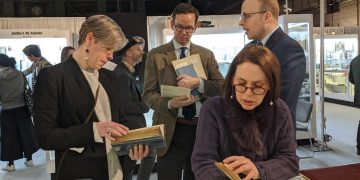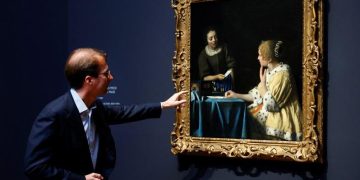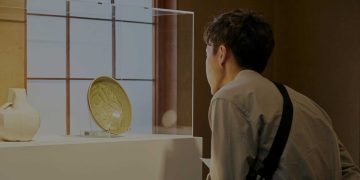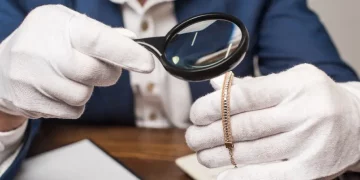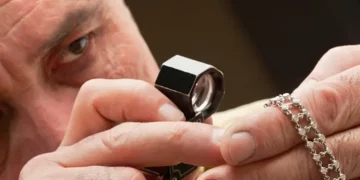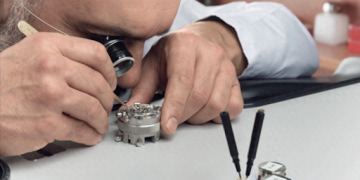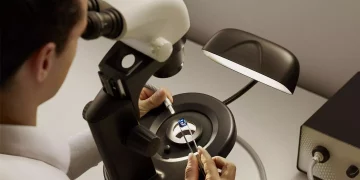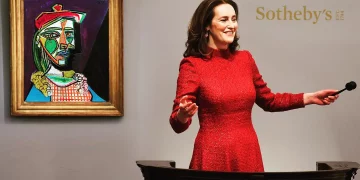In the world of collectibles, whether it’s rare art, vintage cars, sports memorabilia, or limited-edition figures, the value of an item lies not only in its uniqueness but also in its authenticity. Unfortunately, the booming market for high-value collectibles has led to an increase in counterfeit items. Fake products flood the market, creating significant challenges for collectors, investors, and enthusiasts. But don’t worry—by understanding the right methods of authentication, you can avoid being duped by counterfeiters.
So, how do you spot a fake and ensure that what you’re buying is genuine? Let’s take a look at three effective authentication methods that can help you avoid costly mistakes and confidently expand your collection.
1. Provenance Verification: The Power of Documentation
One of the most reliable methods to verify the authenticity of a collectible is through provenance—the history of ownership and documentation that proves an item’s origin and authenticity. Provenance serves as a trackable chain of ownership that can provide insights into an item’s legitimacy. Without proper provenance, an item’s authenticity can become questionable.
Why Provenance Matters:
- Ownership History: Provenance documents provide a traceable history of previous owners and the specific time an item was produced or sold. If an item lacks verifiable ownership records or has gaps in its history, it could indicate that the item is not genuine.
- Auction House Documentation: Auction houses and established galleries typically offer detailed certificates of authenticity or provenance for high-value items. Collectibles with documented auction records or clear historical documentation are usually far less likely to be counterfeit.
- Expert Verification: If you’re unsure about the provenance, specialists in a particular field—such as art curators, antique dealers, or specialized auctioneers—can authenticate an item by comparing it against existing records, photographs, and similar examples.
How to Use Provenance:
- Ask for Certification: If purchasing from a dealer, ensure they provide a detailed history of the item, including receipts, auction records, and prior ownership.
- Third-Party Verification: In cases where provenance is unclear, it might be worth contacting third-party experts or organizations to authenticate the item. Institutions like the Art Loss Register, ICG (International Collectors Group), or Certified Collectibles Group (CCG) provide verification services for various types of collectibles.
- Research the Item’s Background: Online resources, museum collections, and auction catalogs often feature detailed records of high-profile collectibles, helping to cross-check provenance.
By ensuring you have verified provenance, you can significantly reduce the chances of purchasing a fake item.
2. Certification of Authenticity (COA): A Valuable Assurance
A Certificate of Authenticity (COA) is one of the most common forms of verification for collectibles, especially for items like sports memorabilia, limited-edition art prints, or signed merchandise. The COA provides official confirmation that an item is genuine, often signed by the manufacturer, artist, or an authorized entity.
Why COA Is Crucial:
- Legal Protection: A COA often comes with legal protection for both the buyer and seller, ensuring the item’s authenticity is guaranteed. It serves as an official stamp of approval, proving the collectible’s legitimacy.
- Signature and Serial Numbers: Many COAs come with unique serial numbers or specialized holograms that can be verified through the issuing body. For example, sports memorabilia often features a hologram and a unique number that matches the signature or item in question.
- Reliable Sources: Look for COAs issued by recognized bodies such as PSA/DNA (for sports memorabilia), JSA (James Spence Authentication), Beckett Authentication Services, or even the manufacturer/artist of the collectible. These organizations specialize in verifying signatures and memorabilia, offering both physical and digital verification methods.
How to Use COA:
- Verify the COA: Just like the item itself, the COA must be genuine. Cross-check the information provided with the official registry or company’s website. Many third-party certification organizations allow you to verify COA details online by entering a unique ID number or barcode.
- Check for Forgery: Fake COAs themselves are a real problem in the world of collectibles. Holograms, watermarks, or serial numbers on the certificate should match the item it’s associated with. Be wary of COAs from obscure or unrecognized sources.
- Read the Fine Print: A legitimate COA should contain clear details such as the artist or athlete’s name, the exact item being authenticated, and the conditions of the certification. Vague or generic wording could be a red flag.
A properly issued COA offers peace of mind, but remember to double-check the issuing authority and the authenticity of the certificate itself.

3. Expert Authentication: When In Doubt, Consult a Specialist
While provenance and certificates are helpful, there are cases where only expert authentication can give you the confidence you need. This method involves consulting professionals who specialize in the specific type of collectible you’re purchasing, whether it’s rare books, art, jewelry, or sports memorabilia.
Why Expert Authentication Works:
- Specialized Knowledge: Experts are well-versed in the nuances of specific collectibles and know what to look for in terms of authenticity. For example, a vintage comic book expert might recognize a subtle printing defect or specific ink used that a layperson would overlook.
- Hands-On Inspection: Experts can physically examine the item in question and look for signs of authenticity. In the case of art, they can examine brushstrokes, signatures, and materials. For watches or jewelry, experts can check the serial numbers, craftsmanship, and hallmarks that prove authenticity.
- Third-Party Grading Services: If you’re buying items like sports cards, coins, or comics, third-party grading services such as PSA (Professional Sports Authenticator) or CGC (Certified Guaranty Company) can provide an official grade and authentication for the item. These services verify the item’s condition, authenticity, and rarity.
How to Use Expert Authentication:
- Find a Reputable Expert: When choosing an expert or specialist, look for established professionals or firms with a solid track record in your specific type of collectible. It’s essential to choose someone who is highly regarded in the community.
- Research Their Credentials: Make sure that the expert is certified and recognized by industry associations. For instance, in the case of fine art, look for professionals certified by the Appraisers Association of America (AAA) or similar organizations.
- Request Written Authentication: If an expert provides their opinion, ask for a written certificate or statement outlining their findings. This ensures that their judgment is officially documented, adding to the credibility of your purchase.
An expert’s opinion can be invaluable, especially for high-value items where mistakes could result in significant financial losses.
Conclusion: Protect Your Investment by Authenticating Your Collectibles
Buying authentic collectibles is an exciting journey, but it requires diligence, research, and sometimes, professional assistance. Counterfeiters are becoming increasingly sophisticated, so it’s crucial to arm yourself with the right tools to verify authenticity. By leveraging provenance, Certificates of Authenticity (COA), and expert authentication, you can safeguard your collection from fraud and make informed, secure purchases.
If you’re ever in doubt, don’t hesitate to consult an expert or invest in authentication services. These methods not only protect your investment but also ensure that your collection retains its true value for years to come. In the world of collectibles, knowledge is power—so stay vigilant, and happy collecting!


